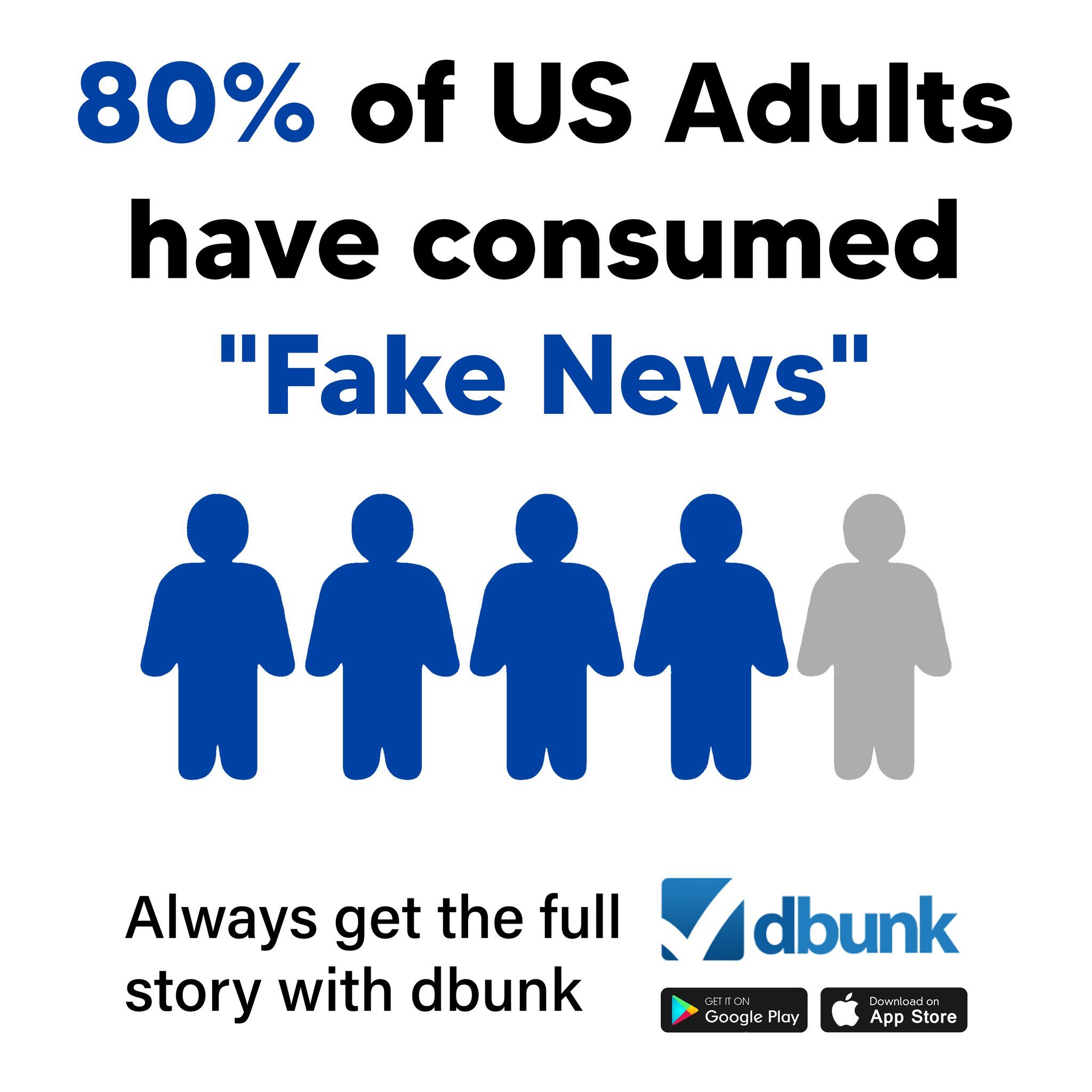
Why This Article Was Flagged
A recent article from The Guardian has sparked concerns among readers and economists alike, claiming that Donald Trump’s new tariffs have caused a sharp reduction in shipments to major U.S. ports. A user specifically asked which other large U.S. ports, aside from San Pedro (Port of Los Angeles and Long Beach), could be impacted by these policy changes. We conducted a full investigation to determine how accurate and complete the article is and identify any signs of bias or missing context.

Understanding the Bigger Picture
The U.S. economy has experienced turbulent relationships with key trading partners in recent years, with tariffs often used as a political tool. Since 2018, former President Donald Trump implemented multiple tariffs on Chinese goods as part of a strategy to reduce the trade deficit and bring manufacturing back to the U.S. This ignited a trade war, leading to retaliatory tariffs and economic repercussions globally. The 2025 measures described in the article reflect a dramatic escalation, with tariffs as high as 145% on Chinese goods and a sweeping 10% tax on other imports.
Fact-Check of Key Claims
Claim #1: “The Port of Los Angeles is experiencing nearly a one-third drop in scheduled vessel arrivals.”
The article claims there’s almost a 33% drop in vessel arrivals compared to the same period last year. This is largely accurate based on shipping intelligence. Port Optimizer and Vizion data confirm year-over-year container traffic volumes to Los Angeles are experiencing significant declines. According to Marine Exchange of Southern California and Port of Los Angeles statistics, scheduled vessel arrivals are down approximately 29% in April 2025, confirming that the Guardian’s claim is generally correct and reflects real data supported by external sources.
Claim #2: “US ports are broadly impacted beyond just San Pedro Bay.”
Although the article heavily focuses on Los Angeles and Long Beach, it overlooks the mounting evidence of disruptions at other critical U.S. ports. According to the U.S. Bureau of Transportation Statistics, major ports affected by container slowdowns in early 2025 include:
New York/New Jersey: The Port Authority of NY/NJ reported an 18% year-over-year container volume drop in Q1.
Savannah, Georgia: Georgia Ports Authority documented a 15% decrease compared to the same period in 2024.
Houston, Texas: Houston port executives expressed concern in their March 2025 board meeting, citing shifting shipping lanes and a 12% import volume decline.
These ports represent vital entry points for goods not just from China, but Mexico, South America, and Europe. The Guardian omits this wider impact, creating a misleading narrative by not discussing this broader trade disruption.

Claim #3: “Trump’s tariff plans are creating a pathway to recession.”
Several economists referenced by the article argue that rising import taxes could push the U.S. economy into recession. While this prediction is speculative, it reflects legitimate anxieties backed by economic indicators. According to data from the Federal Reserve and economic analysts at Moody’s, consumer spending slowed in April 2025, with inflation rising due to increased import prices. However, leading indicators do not yet confirm a recession. The claim is plausible but still forward-looking and therefore cannot be judged as fact. The article presents this statement with a degree of certainty that oversteps current economic data.
Claim #4: “The 145% tariff on Chinese goods is already in effect.”
The article refers to an existing 145% tariff on Chinese imports. This figure is highly specific and requires confirmation. As of mid-April 2025, U.S. Customs and Border Protection confirms new tariff rules under Trump’s administration, including high surcharges on specific product categories—particularly electronics and machinery—from China. However, a blanket 145% tariff across “Chinese imports” is not accurate. Instead, tariff rates vary by category, with some reaching 125% but generally falling in the 35%-100% range. This claim inflates the actual severity of implemented tariffs and lacks the nuance of product-level distinctions.

Final Verdict: Mixed Accuracy with Noticeable Omissions
While The Guardian correctly identifies the economic stress at the Port of Los Angeles and conveys meaningful commentary from experts and economists, it falls short in accurately communicating the broader impact across other U.S. ports. Additionally, the claim about the 145% tariff oversimplifies a complex and sector-specific policy. Statements forecasting direct causation of a recession are alarming but speculative. Missing context about east coast and Gulf coast ports undercuts a holistic understanding of the issue. Overall, the article presents true but incomplete information with a tilted framing that emphasizes a single geographical region and amplifies political stakes.
Take Truth Into Your Own Hands
Tired of navigating conflicting claims and headlines? Know what’s real. Download the DBUNK app now and instantly fact-check articles across the web, or follow us on social media to stay ahead of misinformation.

Visit the Original Article
Read the Guardian’s full article here

